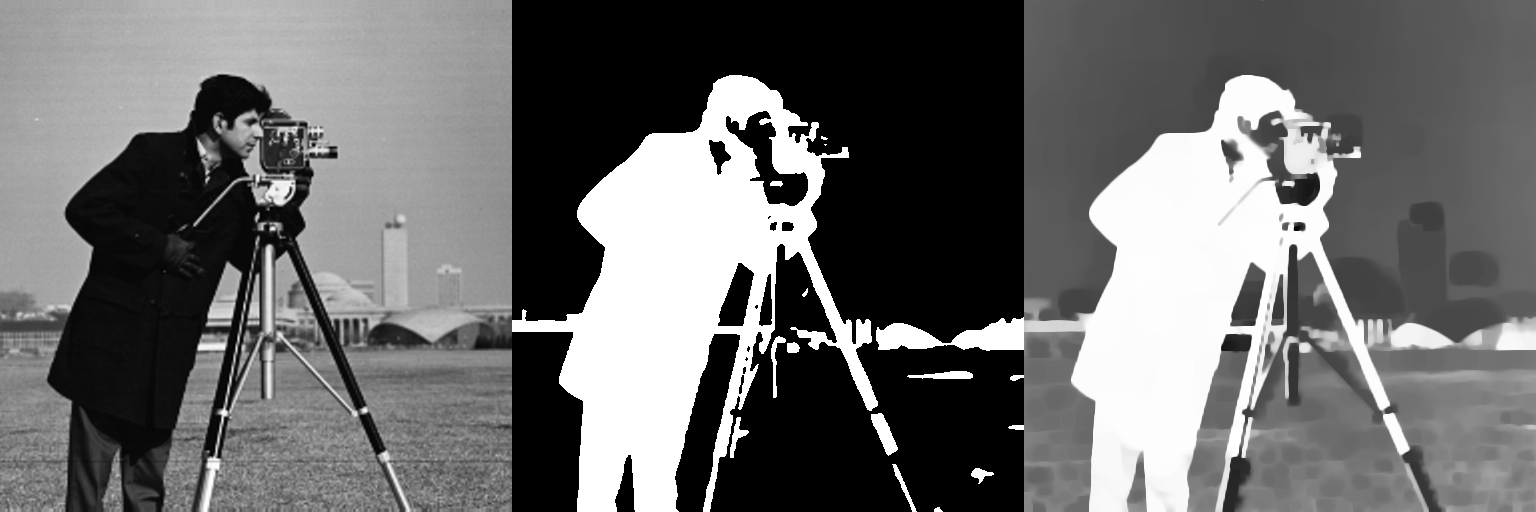For the record, @zygmuntszpak has replied in slack:
The ImageSegmentation package currently doesn't have any active contour methods implemented. It might be best to start a separate package. One of the reasons is that we want to move to a more unified API for the Julia Images ecosystem and the ImageSegmentation package kinda still needs to be revamped and updated. It might therefore be cleaner to start a new package focusing on the active contours...

I am extremely new to this area but I would like to create a fully automatic image segmentation technique using active contours. The goal is that this could later be used in conjunction with some of the techniques in the realm of SciML to improve on the segmentation given some labeled images. Would this be a good library to start with?